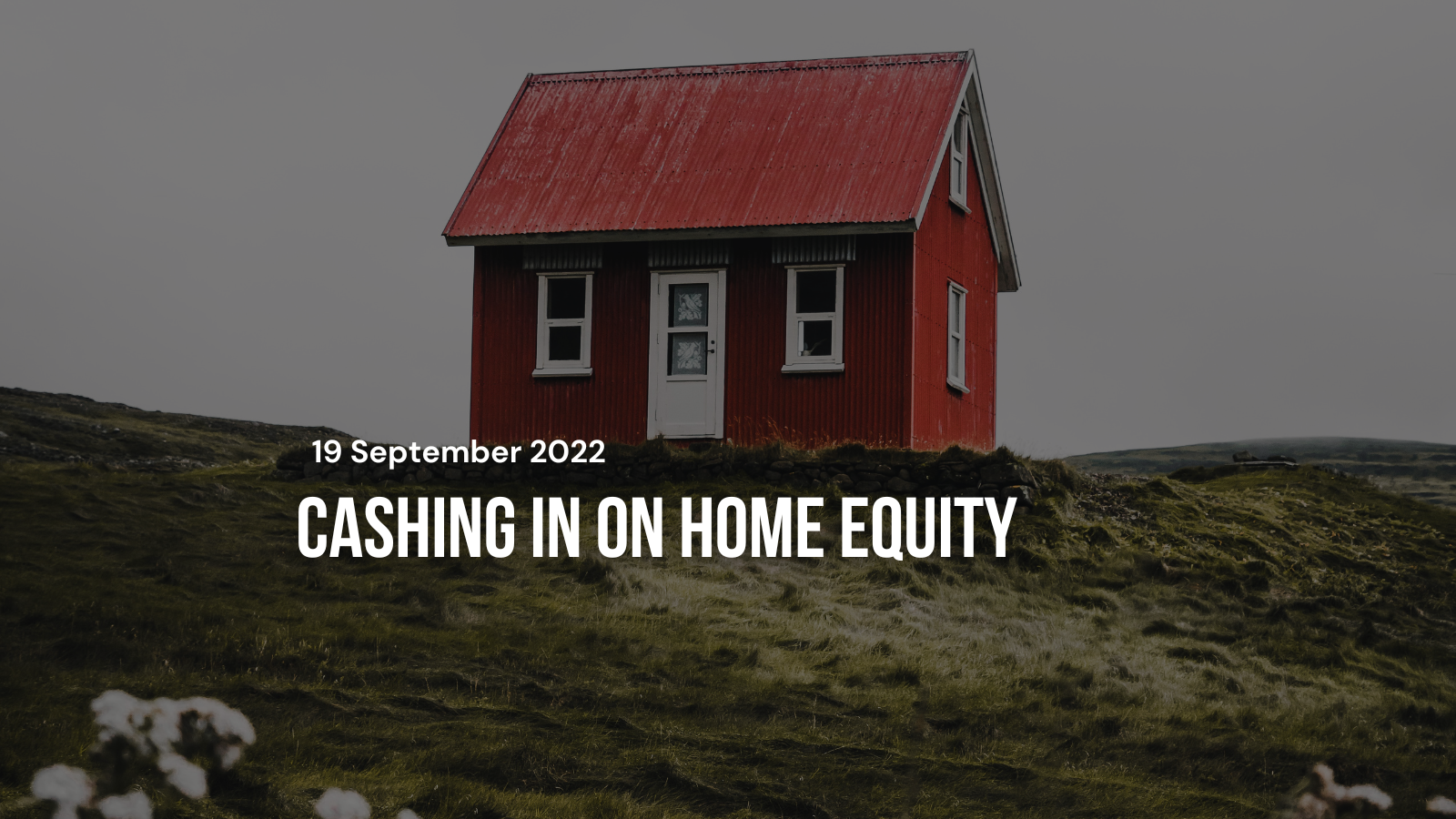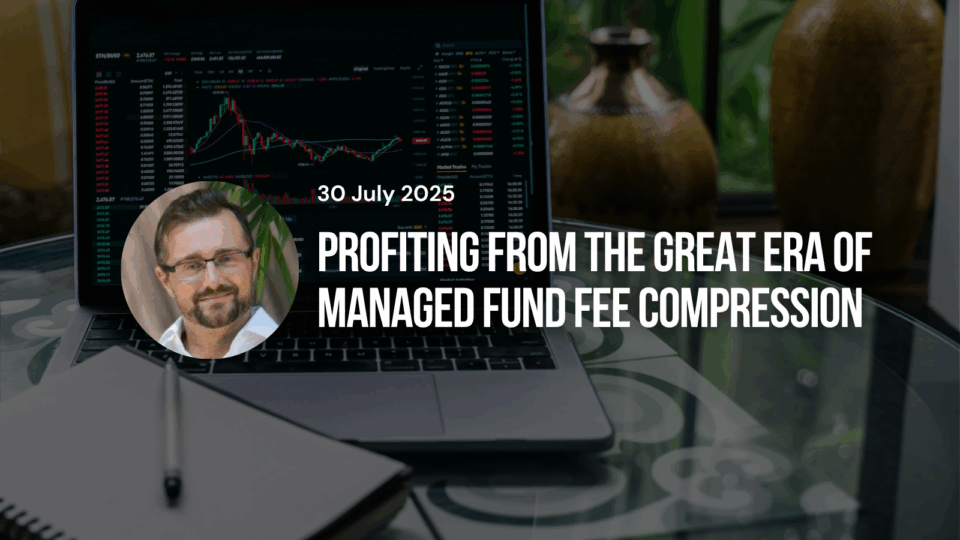
19 September 2022
Cashing in on home equity
Given the trying times on the share market—not to mention rising interest rates, inflation, renovation costs, unexpected medical bills, etc—what are the alternatives for freeing up cash?
The easiest option if you want to access cash quickly is to sell down your share portfolio or, if you’re over the pension age, draw down on superannuation.
Of course, you may not prefer to sell assets in the current share market.
If time is on your side then less liquid investments, such as a rental property, can be sold.
However, eating your property nest-egg can have implications for your long-term wealth—particularly as you get towards retirement age, since there aren’t as many years left to earn offsetting income.
And if you choose to sell assets, you lose any future appreciation in the value of those assets. You may also have to pay tax on accumulated gains, which reduces your net proceeds.
For most Australians, the bulk of their wealth is held in the family home.
So, another option is to sell your home and downsize. This has recently become more attractive, since you are now allowed to make super contributions from the proceeds.
The alternative, if you have paid off or built substantial equity in your home, is to take out (or increase) a bank mortgage.
However, if you’re only working part-time or are nearing retirement age, recent tightening of bank lending criteria means that you may not be able to prove that you can meet a bank’s requirements for ongoing income.
If you’re over 55, another option is to take out an equity release loan. With these, no proof of income is required, and no monthly repayments are needed over the life of the loan.
One version of this—the Home Equity Access Scheme—is provided by the Government. The scheme is available to people who are pension age or older, and who get or are eligible for a qualifying pension. The amount of permitted drawdown is limited to 150% of the pension.
Reverse mortgages are another version of this product for the 60+ age group (see Reverse mortgage calculator – Moneysmart.gov.au for a list of commercial providers). With a reverse mortgage the funds can be taken as a lump sum or regular income stream. There is no specific loan term, and typically the loan lasts until you sell the property. These loans offer a variable rate (which means they are expected to Increase in the current environment.
If you choose not to make regular payments on a reverse mortgage, then the interest “compounds” and you pay interest on your original loan as well on the interest (and any fees) charged. This means that over time the amount you owe will increase. However, these loans are typically protected by a “negative equity guarantee”—so you can’t end up owing more than your home is worth.
Equity Advantage from 2Be is a new alternative on the market: a five-year, fixed interest home equity loan for people aged 55 to 75, who own a property valued at $1m plus and like the certainty of a fixed interest rate. There is the option of paying interest as you go or capitalising interest. Credit decisions are based on assets and credit history (not income or job status).
With many parents 55+ cashing in home equity to help their kids onto the housing ladder, each option comes with different features. What is important is that family relationships are preserved and that both parents and children understand the nature of the help—how much is available, is it a gift or a loan, what documentation is required? 2Be’s website offers free tools and templates.






